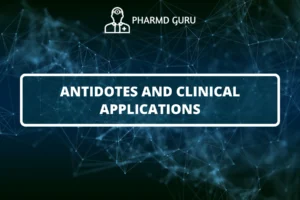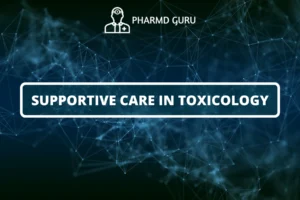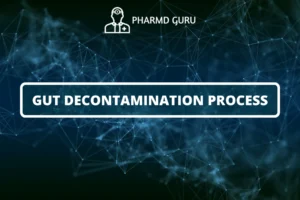Arthropod bites and stings can lead to envenomations, causing discomfort and potentially severe reactions. Immediate treatment and first aid are essential to alleviate symptoms, prevent complications, and promote recovery. In this article, we will discuss the treatment approaches and first aid measures for envenomations caused by arthropod bites and stings.
SCROLL DOWN TO THE BOTTOM OF THE PAGE FOR ACTUAL NOTES
TABLE OF CONTENTS:
- Introduction
- Assessing the Situation
- First Aid Measures
- Treating Localized Reactions
- Managing Allergic Reactions
- Seeking Medical Attention
1. Introduction
Arthropods, including spiders, scorpions, bees, wasps, and ants, can cause envenomations through bites or stings. The treatment of arthropod envenomations focuses on managing localized reactions, addressing allergic responses, and seeking medical attention when necessary.
2. Assessing the Situation
Before initiating any treatment, it is crucial to assess the situation and ensure personal safety. If the arthropod is still present, avoid further bites or stings by moving away from the area or gently removing the arthropod using a tool or object.
3. First Aid Measures
Immediate first aid measures can help alleviate symptoms and prevent complications:
- Remove the stinger (if applicable): In cases of bee or wasp stings, gently scrape the skin surface with a blunt object, such as a credit card, to remove the stinger. Do not squeeze or use tweezers, as it may inject more venom.
- Clean the affected area: Use mild soap and water to clean the bite or sting site. This helps reduce the risk of infection.
- Apply a cold compress: Use a cold pack or a clean cloth soaked in cold water to apply a cold compress to the affected area. This helps reduce pain and swelling.
- Elevate the limb (if applicable): If the bite or sting is on an arm or leg, elevate the limb to help minimize swelling.
4. Treating Localized Reactions
Localized reactions to arthropod bites and stings can include pain, swelling, redness, and itching. Here are some treatment approaches for managing these symptoms:
- Pain relief: Over-the-counter pain relievers, such as acetaminophen or ibuprofen, can help alleviate pain. Follow the recommended dosage instructions.
- Topical treatments: Applying a topical antihistamine cream or hydrocortisone cream can help relieve itching and reduce inflammation. Follow the instructions on the product label.
- Avoid scratching: It is important to avoid scratching the affected area, as it can worsen symptoms and increase the risk of infection.
5. Managing Allergic Reactions
In some cases, individuals may experience allergic reactions to arthropod bites and stings. Signs of an allergic reaction include difficulty breathing, swelling of the face or throat, hives, or dizziness. If an allergic reaction occurs:
- Call emergency services: If the allergic reaction is severe or rapidly worsening, immediately call emergency services or seek urgent medical attention.
- Administer an epinephrine auto-injector: Individuals who have been prescribed an epinephrine auto-injector for severe allergic reactions should use it according to their healthcare provider’s instructions.
- Stay calm and monitor: Stay with the affected person and monitor their vital signs, breathing, and overall condition until medical help arrives.
6. Seeking Medical Attention
While most arthropod bites and stings can be managed with first aid measures, certain situations require medical attention:
- Severe pain, swelling, or redness at the bite or sting site
- Development of allergic reactions, such as difficulty breathing or swelling of the face, lips, or throat
- Systemic symptoms, including headache, dizziness, nausea, vomiting, or muscle cramps
- Bites or stings from venomous arthropods, such as certain spiders or scorpions
- Bites or stings in sensitive areas, such as the face, neck, or genitals
- Multiple bites or stings
ACTUAL NOTES




